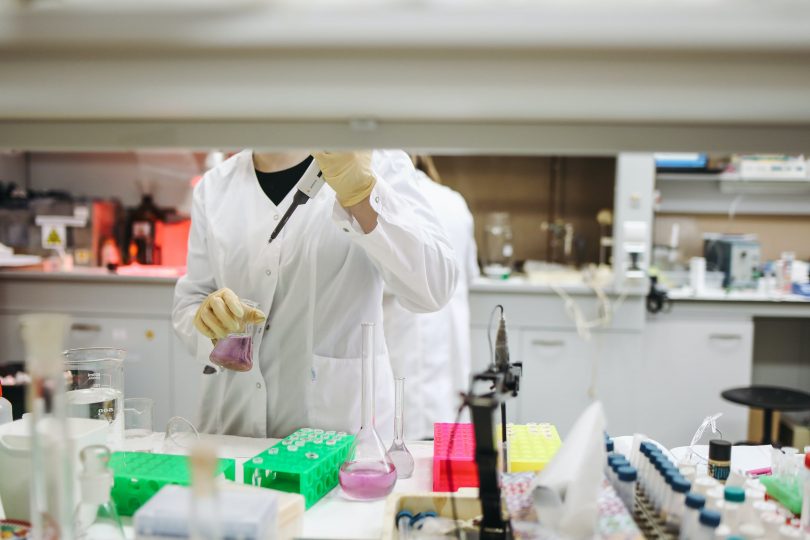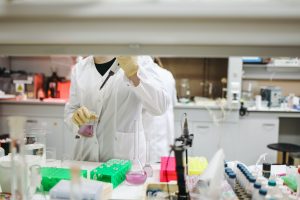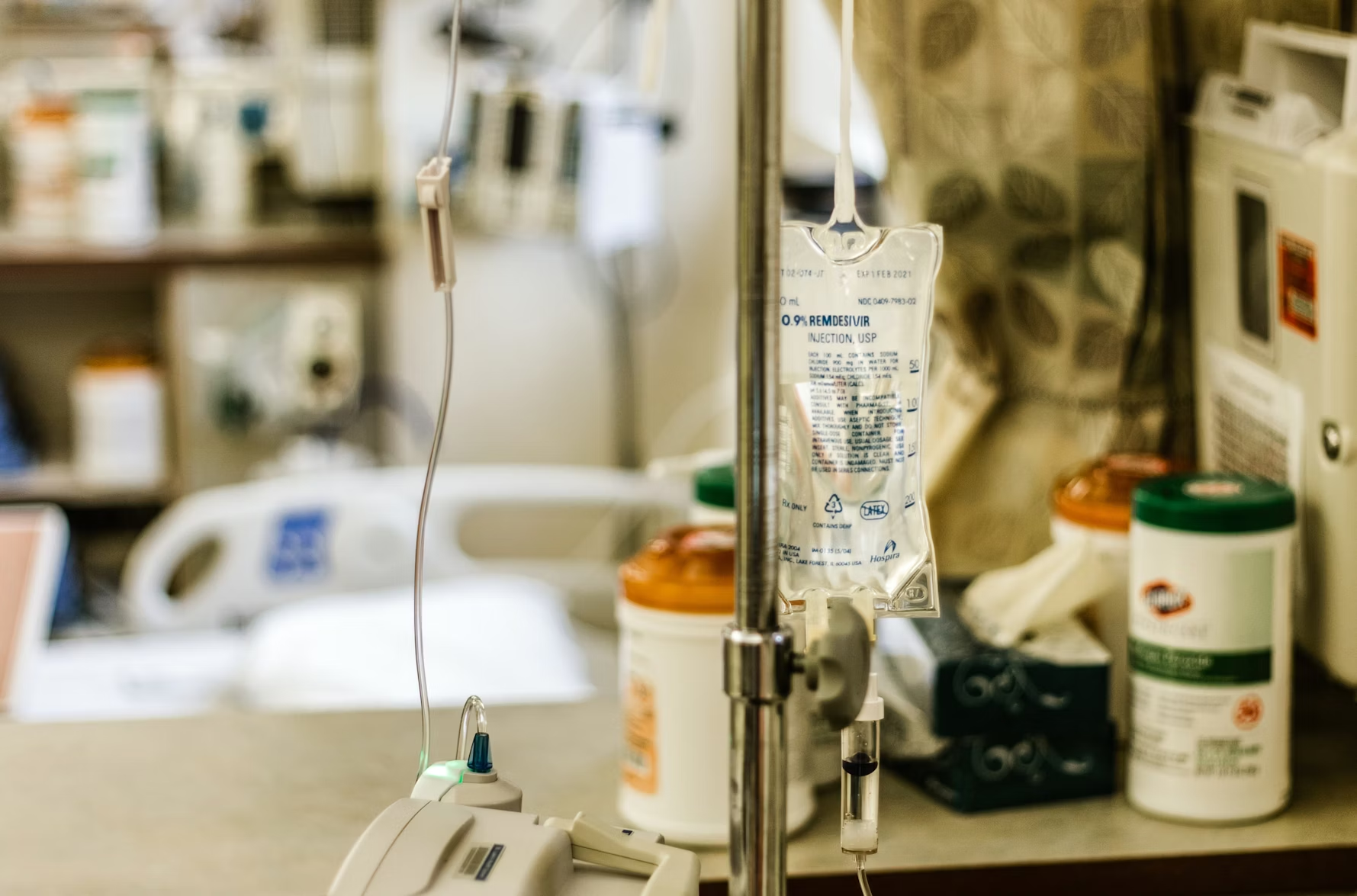Is there any occupation that remained untouched by technological blessings?
Technology has transformed the functionality of many industries, and the sectors are using hi-tech devices and tools to enhance their productivity and have better results. It has played a significant part in a clinical laboratory, and today, almost all scans and medical tests involve technology. A few years ago, healthcare used to run several tests and wait for many days to achieve the results.
Due to automation, diagnostics have become comparatively easy, and laboratories acquire any result much faster, which helps doctors provide patients with prescribes medicines and necessary treatment.
Delay in diagnostics often becomes a cause of deteriorating health, and history shows people lost lives because doctors could not conclude in time. Apart from late diagnosis, the wrong detection of the illness was a huge concern, as many diseases have similar symptoms, and doctors were unable to pinpoint the actual problem.
Dramatic innovation and technology advancement have been changing the laboratory environment and operations for the last fifty years. The exceptional growth in the field has not only helped the medical sector, but it has also assisted regular people seeking healthcare services.
It has become easier to handle and sort out samples from patients, thanks to new equipment, such as PACS systems for multiple imaging, proving that progress in testing techniques has made it possible for more than one diagnosis to be made from one sample. On the other hand, transferring data now requires just a click, and it has facilitated healthcare workers and patients alike.
The technology has lessened the human workforce and minimized the chances of discrepancies. Experts have predicted further growth in the sector. The following are a few technologies which are a must-have for any diagnostic laboratory:
1. COMPUTED AXIAL TOMOGRAPHY
CAT scan is a common name of computed axial tomography, which has changed the clinical diagnostics laboratory landscape. For instance, Primex Labs and similar other clinical settings facilitate their patients with an updated X-ray version and provide cross-sectional imaging.
The cross-sectional images assist doctors to look deeply into the organ, which helps in diagnosing the issue. Although the machine is large, and patients often get overwhelmed with its sight, the scan does not last for a longer time, and most of the time, one scan is sufficient to pinpoint the exact issue.
The machine itself sends data to a computer, and healthcare workers can view the cross-sectional images on the monitor. The advanced equipment OF CT scan can provide multiples slice in one scan.
2. ELECTROCARDIOGRAPH
Electrocardiograph is the technological equipment that extensively measures the electrical activity of the heart. It is a significant test in diagnosing cardiovascular disease, and many a time, patients do not have to undergo other tests, as electrocardiography manages to provide them with enough information.
It is also called ECG, and it consists of 12 leads, out of which half are “limb leads,” and the other half are “precordial leads.” It helps interpret the cardiac rhythm, infarction, atrial peculiarity, myocardial ischemia detection, and other heart-related diseases.
3. GENETIC TESTING
Genetic testing is a component of molecular diagnostics, and the technology has brought a revolution in laboratory diagnostics. The testing helps in identifying HIV, chromosome abnormalities, paternity of a child (with a prenatal paternity test), and inherited diseases.
The technology assists in ascertaining cancer cytogenetic, which helps oncologists in treating cancer patients. Experts have predicted that genetic testing will see massive growth in the next five years.
Medical professionals will not only use it to diagnose many more diseases, but this will also help them treat them. Early tests can prevent the spread of genetic diseases, as these tests can discover genetic mutations, even at an early stage.
4. BIOPSY
Contrary to popular ideas, a biopsy is not only to diagnose cancer but also to help detect other body issues. It is a sample of tissue, which doctors suggest to extract so that they can observe it keenly.
Typically, they suggest biopsy when they cannot detect the problem in initial tests, then they offer a biopsy, as it needs extraction of tissue.
Needle, ultrasound-guided, bone-marrow, CT-guided aspiration are some types of biopsies, and doctors suggest them as per the need. Not only do biopsy detect cancer and other chronic diseases, but it also helps in analyzing the stage and grade of it, and according to the results, oncologists suggest treatment.
5. SPHYGMOMANOMETERS
Sphygmomanometers are general instruments that help monitor blood pressure, heart rhythm, breathe sound, and heart rate. It is a user-friendly tool with an inflatable rubber bladder, covered by a piece of cloth and a manometer.
Mercury based manometer are generally long-lasting, but mercury is a dangerous substance, and it needs critical handling and care. Another type of manometer, which is an aneroid, is inexpensive but very delicate. For clinical use, the aneroid manometer is not very helpful as it is one of the broadly used tools in medical settings.
CONCLUSION
Integrated technology in diagnostics laboratory has helped solidify the presence of certain diseases and has also improved patients’ experiences.
Patients find those laboratories reliable who update themselves with the time and bring innovative equipment and tools to provide care. Technology has enabled labs to have sleek and compact-sized equipment that does not occupy much space but offers better results.
An alarming number of people suffer from fluctuation in blood pressure, diabetes, and cholesterol in the modern world. People are finding compact size diagnostics devices helpful as they help them measure vitals instantly. Technology continues to change the laboratory work outlook and improve physicians’ efficiency and patients’ experiences.









